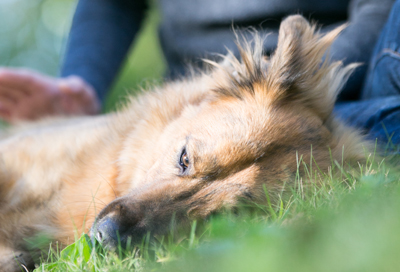
Some ticks are just getting started
Ticks are not just a summer problem. While some types of ticks may slow down when it gets colder, others are just getting started. A lot of the risk depends on the species of ticks you are dealing with, and your region of the country. Simply put, ticks should be considered as a year-round health threat, with autumn being a major tick season.
Which ticks are most active during fall and what do they carry?
The blacklegged (deer) tick is very active during the fall. According to the Illinois Department of Public Health, adult blacklegged ticks may be seeking a meal at just this time of year.
Although people are most familiar with Lyme Disease, other tick transmitted diseases are becoming more common during this season. You should ask your veterinarian about the risk of:
Where are the ticks hiding during fall?
Ticks are actually very clever. They expend little energy hunting. Ticks “quest” by waiting in the brush for a meal to walk by. Once that happens, they quickly move onto the host.
During the fall, ticks often hide in the leaf litter present in the wooded or brushy areas they tend to populate; therefore, leaf piles and leaf mulch should not be allowed to accumulate. Some ticks hatch their eggs in fall and seek a host. Female ticks often lay eggs in dry brush and leaf mulch, and can deposit up to 3000 eggs in a breeding cycle.
How can you protect your dog from ticks in the fall?
- Check your dog for ticks regularly. According to some experts, ticks in fall are larger and easier to see and remove.
- Use tick preventives year-round. Just a few warm days or a location in the yard that is protected from frost can allow ticks to persist even in the winter.
- Check the maps. Learn about tick activity in your area with these Pet Health Network maps.
If you have any questions or concerns, you should always visit or call your veterinarian – they are your best resource to ensure the health and well-being of your pets.
